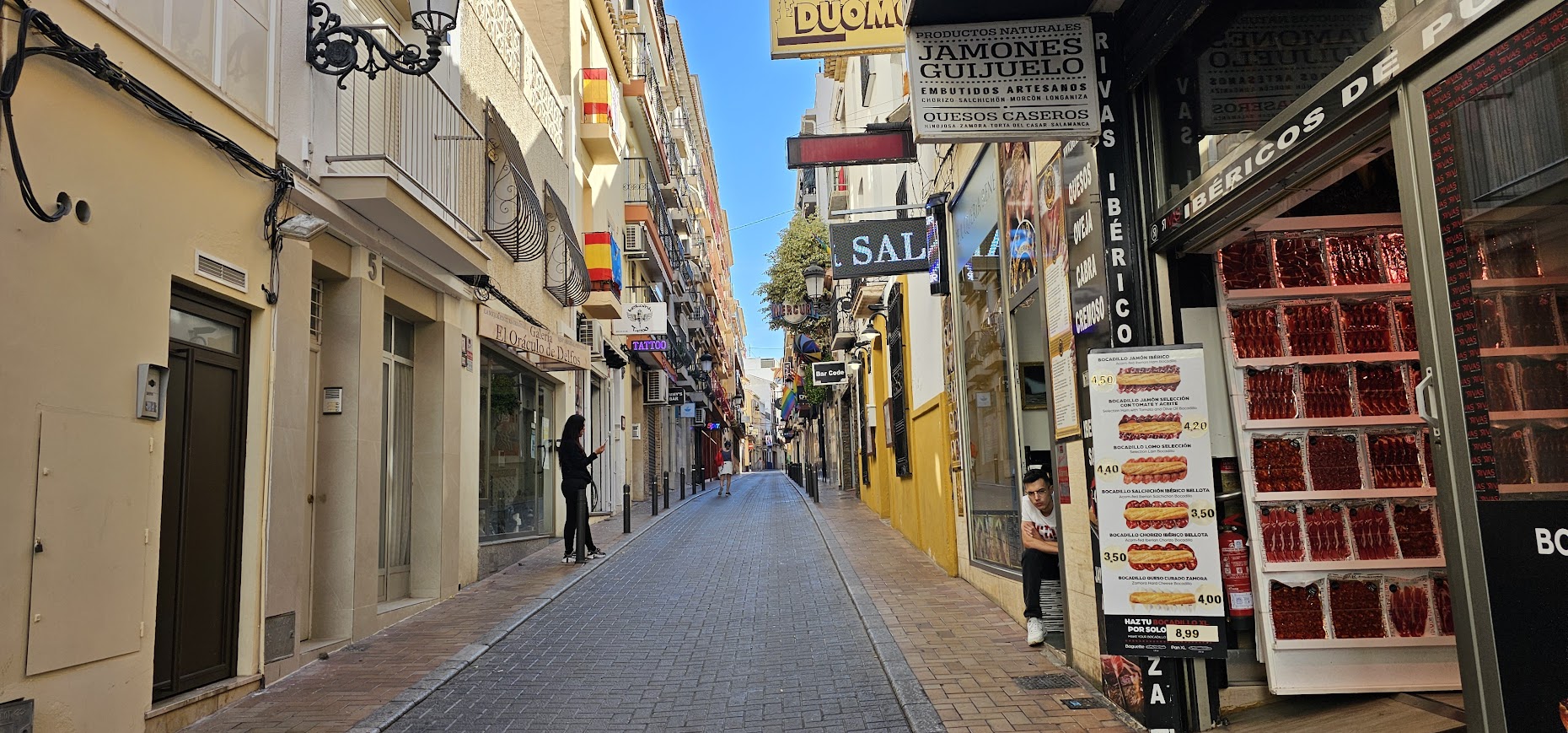Recently, Spain’s high-speed railways have experienced a significant transformation. The country’s railway network has been opened to private operators since market liberalisation in 2020, and the results have been dramatic: ticket prices have decreased, availability has increased, and rail is now surpassing air travel on certain critical routes.
For travellers, this new era entails an increase in the number of available seats, an improved value, and a decrease in the number of compelling reasons to fly.
Fares are reduced when markets are open.
Spain’s high-speed lines, which were previously dominated by the national operator Renfe, now offer various services as a result of the entrance of new players such as Ouigo from France and Iryo from Italy. With a combination of full-service and budget-friendly offerings, these newcomers have revolutionised the industry.
This shift has had an immediate and substantial effect on prices:
In comparison to pre-competition levels, the average fares on the Madrid–Barcelona route have decreased by as much as 40%.
Ouigo has provided tickets at a rate as low as €9. Additionally, it attracted well over two million passengers during its inaugural year in 2021.
The same competitive pressure has resulted in a 27.6% decrease in tariffs on the Madrid–Alicante line.
This reduction in costs has rendered high-speed rail a compelling alternative to domestic flights, not only in terms of price but also in terms of convenience.
Rail Revolution in Numbers
The percentage of travel between Madrid and Barcelona that is attributed to rail has increased from 59% in 2019 to 81.8%.
In response to the advent of new competition, Renfe’s own low-cost service, Avlo, has contributed to the expansion of the rail market as a whole.
In the most recent figures from the CNMC (Spain’s competition authority), Ouigo received the fewest customer complaints of all operators.
CNMC reports that nearly 90% of passengers use these services sporadically rather than on a regular basis. The affordability of high-speed rail is attracting a broader base of leisure travellers, rather than just business passengers, although the majority of travellers are still infrequent users of the service.
Renfe commences to address the demand
The increase in capacity has made rail cheaper and more accessible. Experts in rail travel assert that the competition has been long overdue.
“The competition from high-speed operators, including Ouigo and Iryo, has resulted in a significant increase in the number of seats available and a decrease in fares.” Trains were frequently overcrowded and prices were exorbitant prior to this. Renfe had been under-providing and over-pricing on routes such as Madrid–Barcelona, in my opinion.
The short scheduling windows of Renfe were previously one of the most frustrating aspects of booking train travel in Spain. Frequently, the publication of tickets just two weeks prior to travel restricted early-bird savings and forward planning.
Smith also mentioned that Spain has experienced an additional advantage. “For years, Renfe has been infamous for its tardiness in launching ticket sales, occasionally with as little as two weeks’ notice. Such behaviour is absurd.” This remains an issue on numerous Renfe routes; however, on routes where they now face competition, they have miraculously prolonged the booking horizon to numerous months.
Not without opposition
The new landscape has not been well received by all, despite the advantages it offers to passengers. Renfe is concerned that low-cost competitors are employing unsustainable models and receiving state support in their home countries. There are also broader concerns about whether aggressive price cuts can be sustainable without compromising quality or service.
However, passengers are currently exercising their right to vote by boarding the train.
An irreversible return to the rails?
Spain’s rail network is rapidly becoming a symbol of the advantages that liberalisation can provide consumers.
Trains are no longer the costly and rigid alternative. They have become increasingly popular among a broader variety of travellers, as they are a fast, affordable, and environmentally friendly method of travelling between major cities.








No Comment! Be the first one.